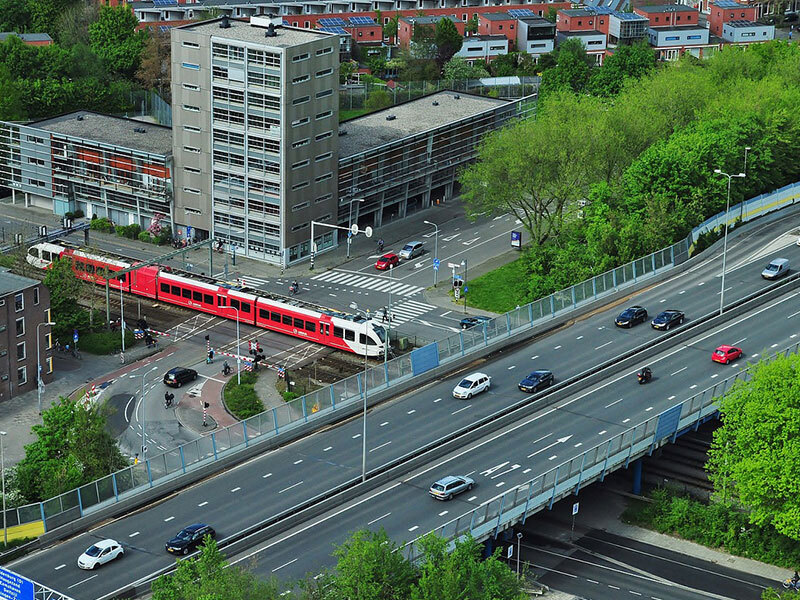RAEM
04.14 / 07.41
2005
The RAEM-TML project updated the SCGE RAEM model for the Netherlands by updating the model database with 2001 data and further developing the model structure. These updates included more detailed inclusion of international trade, the public sector, and different socio-economic groups, as well as a clear distinction between durable and non-durable goods.
RAEM is the SCGE model for the Netherlands, based on the tradition of new economic geography. The model mainly considers interregional transport and labour flows. In the case of the labour market, RAEM takes into account commuting and migration. The current version of RAEM is based on 1996 data and integrates the production and consumption activities of 40 Dutch regions.
The RAEM-TML project focused mainly on updating the model database using 2001 data and further developing the model structure. This was done by adding international trade, the public sector (now in more detail), and various socio-economic groups, as well as making a clear distinction between durable (cars) and non-durable (fuel) goods.
RAEM is the SCGE model for the Netherlands, based on the tradition of new economic geography. The model mainly considers interregional transport and labour flows. In the case of the labour market, RAEM takes into account commuting and migration. The current version of RAEM is based on 1996 data and integrates the production and consumption activities of 40 Dutch regions.
The RAEM-TML project focused mainly on updating the model database using 2001 data and further developing the model structure. This was done by adding international trade, the public sector (now in more detail), and various socio-economic groups, as well as making a clear distinction between durable (cars) and non-durable (fuel) goods.


